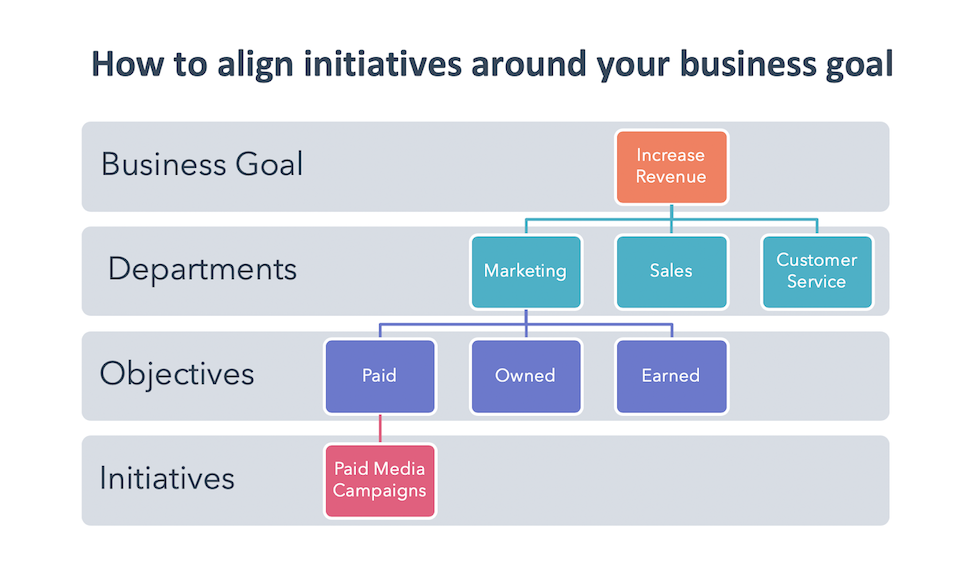It’s one of the biggest questions every business has when building a paid media strategy: how much budget do I need?
Unfortunately, there’s no one-size-fits-all answer to this question. Every company has a different business model, financial situation, historical performance, and level of stability within their market. That’s why, when determining your paid media budget, there are so many things to take into consideration.
According to Tom Hammel, VP of Paid Media at Wpromote, determining your paid media budget is all about making the smartest investments for your business.
“Digital advertising at its core is basically an investing game. You want to figure out in your data where there are the most profitable areas of opportunity based on the highest level of proficiency and the greatest ability to increase the volume of investment.”
Essentially, you’re investing in your own business’ success–if you take the time to think strategically about what that investment should actually be in the first place. Let’s take a look at three ways to think differently about your paid media budget.
The insights included in this article are taken from HubSpot Academy’s free course on Paid Media Strategy, created in partnership with Wpromote.
1. Start from your top-line revenue goal and work backward.
Most businesses out there have a single primary goal for their business–to generate sustainable revenue for long-term growth. The best way to get started with determining the right paid media investment for your business is to work backward from your top-line revenue goal. Here’s an example of what this could look like.

It all starts at the top with your business goal, which is most likely to increase revenue. You’ll have many departments working together to achieve this overarching goal, including marketing, sales, and customer service to name a few. By taking a look at historical performance across your business, you can identify what percentage of revenue each department is able to deliver. Within marketing, you’ll have multiple objectives that feed into marketing’s responsibility, including paid, owned, and earned objectives. Then you’ll launch a number of initiatives to support this business goal, including paid media campaigns.
With this data in hand, you’ll be able to model forward how much investment is needed in order for your paid media campaigns to drive the revenue needed for your business to reach their revenue goals.
2. Take an honest look at what your business can realistically afford.
Data modeling is great–when you have the data in the first place. But if you’re just getting started out with your paid media strategy you might want to think about your budget a little differently.
It can be a hard question to answer, but you need to ask yourself: how much money do I actually have? Take a look at things like the cash flow and profit to get a grasp on how much money is realistically available for paid media investment.
If you set a budget that you simply can’t afford, the long-term success of your paid media campaigns is doomed from the start. That’s why it’s important to start off with a budget that you’re comfortable with and can commit to in the long run.
But don’t worry, even if you have a limited budget, that doesn’t mean that you can’t use paid media as part of your greater marketing mix. You’ll just have to be purposeful with the channels that you choose.
I’d recommend starting with campaigns that are designed to drive conversions. Initiatives around intent-based search and retargeting are likely to be more effective at driving revenue. And once your business grows, and your budget, you can introduce other awareness-driven tactics at a later date.
3. Reevaluate your spend regularly to maximize impact.
Lastly, your paid media budget should bend and flex to meet the evolving demands of your business over time. Taking an experimental mindset when reevaluating your spend will help you identify the most profitable initiatives in your strategy and adjust the way that you budget.
For example, if you’re getting started out with advertising on Google and Facebook for the first time, you might be tracking conversion metrics like cost-per-click (CPC) or cost-per-lead (CPL) to evaluate the success of your campaigns. However, this isn’t the only metric you should be tracking if your goal is to increase revenue.
Return-on-ad-spend (ROAS) is a great metric to show the business impact of your paid media efforts. And it’s pretty easy to calculate–but you’ll need the right attribution model in place first.
To calculate ROAS, take the revenue driven by a campaign and divide it by the amount of money spent on that campaign. With this metric, instead of valuing initiatives that only drive clicks or leads, you’ll be able to identify which campaigns impact the most revenue. When you have this data in hand, you’ll be able to make a case for additional investment in the future.
I’d recommend taking this data and reevaluating your spend no more than on a quarterly basis. That way, your campaigns will have enough time to bring in reliable results, but you’ll still have enough time to adjust your investment accordingly to meet your end-of-year goals.
If you want to learn more about how to build an effective paid media strategy, check out HubSpot Academy’s Free Paid Media Course, featuring industry experts from Wpromote.







Responses